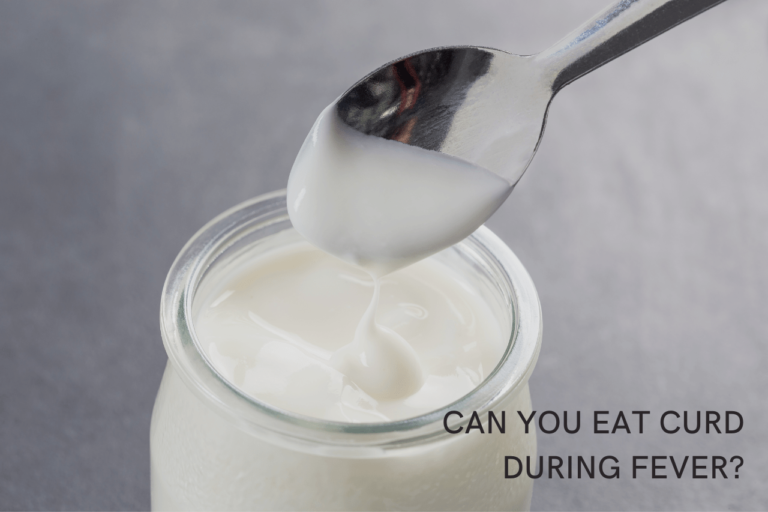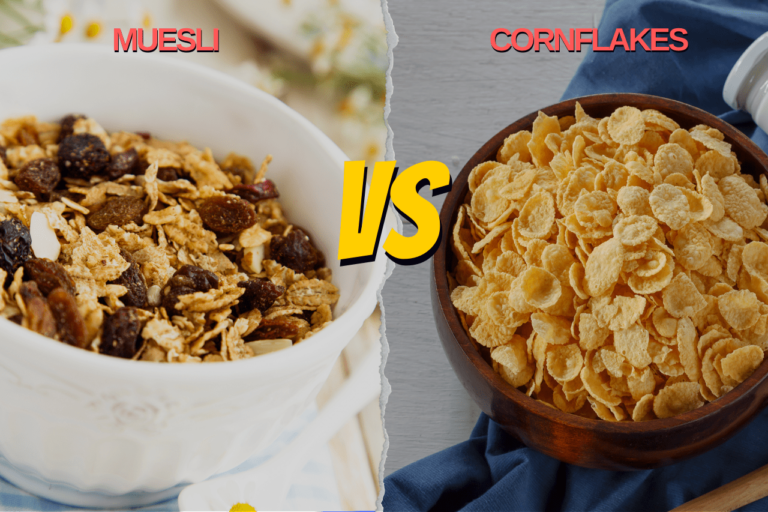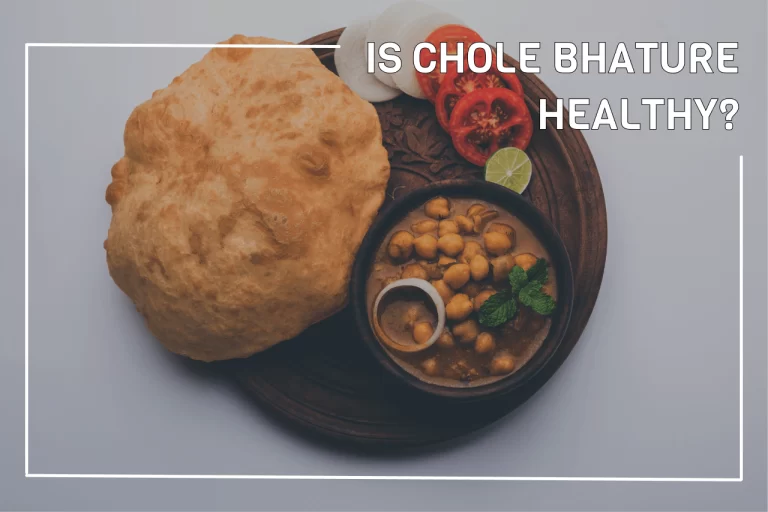‘Health is wealth’ is an old saying, but it has never been more relevant than it is today. India, unfortunately, faces both obesity and malnutrition problems.
As per studies, India has one of the fastest-growing obesity rates in the world. It is estimated that there are over 130 million obese individuals in India. On the other hand, over 190 million people are undernourished, mostly women and children.
This is primarily due to the population’s changing diet, which now includes more processed foods and sugary drinks. According to a paper published in Food Policy, three out of four rural Indians cannot afford a nutritious diet. As a result, they opt for unhealthy or processed ones that give rise to obesity, diabetes, and cancer.
In today’s world, one of the most important things you can do for your health is to make sure you’re eating a nutritious and balanced diet. But that doesn’t mean breaking the bank – in fact, there are many affordable and low-cost nutritious foods that are available in India.
Try to include some of these foods in your daily diet as they are very nutritious and delicious.
12 Low-Cost Nutritious Foods In India
Eggs
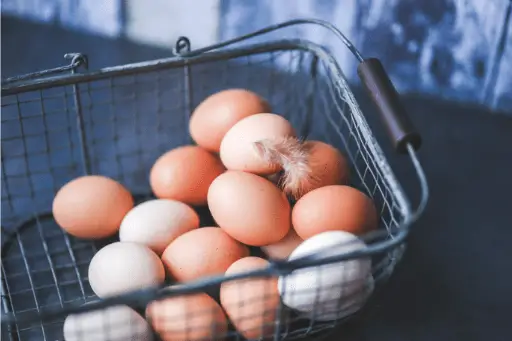
Eggs are one of the most versatile, low-cost nutritious foods you can eat in India. They are an excellent source of protein, vitamins, and minerals and can be prepared in various ways to suit any palate.
They also contain antioxidants that can protect your cells from damage. Plus, they’re a good source of healthy Omega-3 fatty acids essential for your brain and heart health.
For people trying to eat healthy on a budget, eggs are an ideal food choice.
Don’t worry if you don’t eat eggs; I have listed various other foods on the list.
Oats

Oats have become increasingly popular at Indian breakfast tables in recent years. It’s one of the quickest-growing categories of the food industry.
However, only 13% of Indians consume oats on a daily basis, while 44% are aware of their existence but have not yet begun to consume them.
Oats is a cereal grain food that is low in cost and yet very nutritious. It is a good source of dietary fiber, protein, thiamin, and magnesium. Plus, it’s a versatile food that can be used in many different dishes. It can be cooked into oatmeal, added to smoothies, or used in baking recipes.
People should include it in their diet as it can help them manage their weight and blood sugar levels.
Brown rice
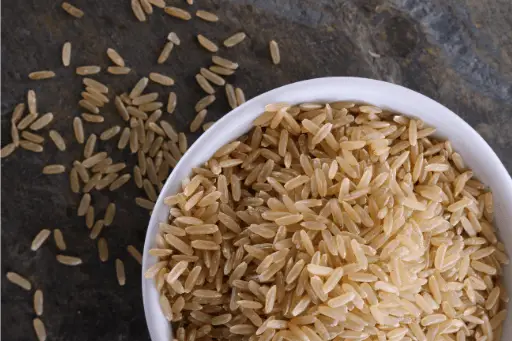
Rice has been a staple food of India since the ancient days that has been popularly consumed across the world. However, it’s also true that white rice is the least healthy of all rice varieties. It has been linked to obesity and diabetes in people who consume too much of it.
Brown rice is another popular variety of rice. It costs a little more than white rice, but it’s worth it because it has a lot of benefits that white rice doesn’t have. It is a nutritious food that is beneficial for people of all ages.
Although it is impossible to eliminate white rice from the Indian diet, reducing your white rice consumption and replacing it with brown rice will have numerous benefits on your health.
Bajra (pearl millet)

It’s true that we Indians have abandoned our ancient grain consumption, but it appears that people all over the world are adopting these grains.
Even though most people in rural areas still prefer bajra or jowar roti, India’s big food companies have not found millet profitable.
Bajra millet, also known as pearl millet, is a highly nutritious millet variety. It’s a low-cost whole grain that’s high in protein, fiber, iron, antioxidants, and vitamins,
Furthermore, it’s gluten-free and recommended for people with diabetes.
Pulses (Dal)
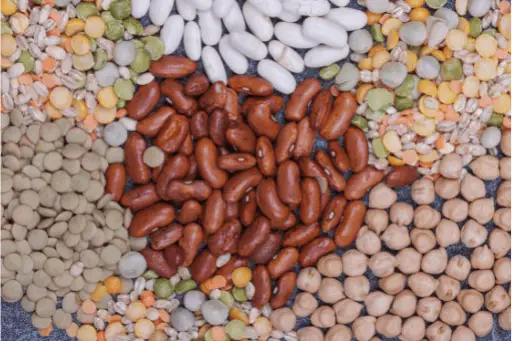
It’s no surprise that India ranks first among all countries in terms of pulse consumption.
Pulses are a low-cost source of nutrition for Indians and an important part of the country’s food security.
They are a good source of protein, fiber, and minerals like magnesium and potassium. There are varieties of pulses to include in your diet on a daily basis. Plus, they are easily available at any Kirana shop.
Popcorn

We Indians love snacking while watching our favorite movie or cricket match. However, most of us go for unhealthy snacking such as chips, pizza, and sugary drinks.
Popcorn has become India’s low-cost nutritious snack that people of all ages can enjoy. It’s high in fiber and polyphenols, which have been linked to improved blood circulation and digestion.
However, not all popcorn is created equal; some popcorn sold in movie theatres or on the street often contains excessive amounts of salt, calories, and potentially harmful ingredients.
Try to make popcorn at home with healthy oil and less salt.
Curd
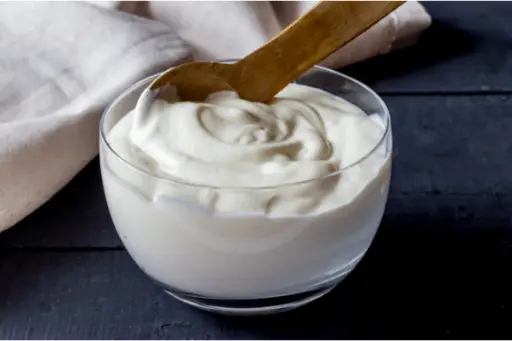
Curd is one of the best low-cost healthy dairy products that you can find in India.
It is easily available in most parts of the country and is a good source of protein, calcium, and vitamin D. It has many health benefits and is recommended especially for pregnant women and children.
Moreover, it contains beneficial bacteria that improve digestion and keep your gut healthy.
Milk
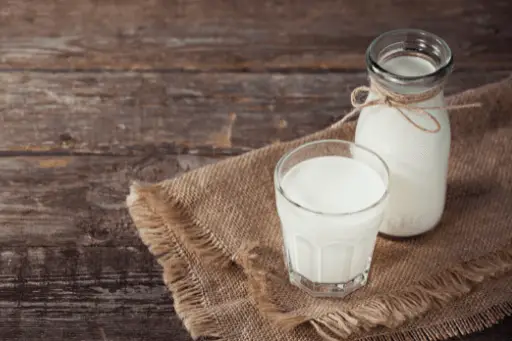
India is the largest consumer of milk in the world.
Milk can be an excellent part of your daily diet and an affordable source of protein, calcium, and Vitamin D your body needs. Plus, there are many delicious milk-based dishes that you can make at home!
However, not everyone can drink milk because some people have lactose intolerance and others dislike the smell and taste.
People who are able to drink should include a glass of milk in their daily lives.
Spinach

It’s true that green is the colour of health.
Spinach is a leafy green vegetable that is widely consumed in India. It’s high in vitamins A, C, and K and fiber, protein, and iron. It’s also a low-cost vegetable that’s readily available throughout the year.
It can be eaten raw or cooked, and it can be used in a wide range of dishes, such as curries, soups, and flatbreads.
Banana

Banana is the second most important fruit in India.
It is widely available all year and is popular with people of all social classes.
It’s a low-cost fruit high in dietary fiber, vitamin C, and potassium-rich minerals. Consumption of bananas helps in controlling blood pressure and improving heart health.
It is also beneficial for people with diabetes as it does not contain any starch.
Apart from these benefits, the banana is also a great source of energy and helps maintain blood sugar levels.
Sweet potato
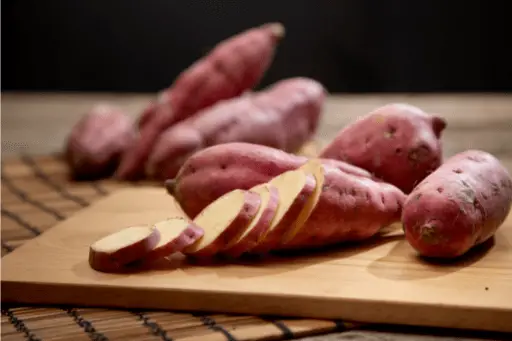
Sweet potatoes are root vegetables that come in a variety of colours, including orange, white, purple, and red.
In India, sweet potatoes are offered as street food, topped with chaat masala and lemon for a pleasant and nutritious snack.
They are high in nutrients and are beneficial to your eyes, skin, and heart.
The low cost, wide availability and the excellent benefits of sweet potatoes make them a must-have in your diet.
Buckwheat
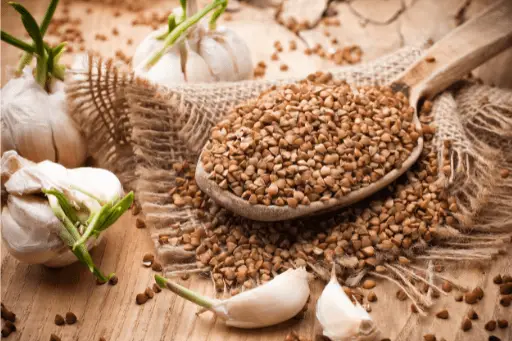
Buckwheat, popularly known as ‘kuttu ka atta,’ is not just a fasting food. It’s a low-cost whole-grain variety in India that, if consumed regularly, can help control malnutrition and live a longer life.
The nutrition value of buckwheat makes it a must-have in your diet. It has a low-calorie count and a high protein content. It also helps to keep your gut healthy and strengthen your bones.
Buckwheat products can be used in place of maida (refined white flour).
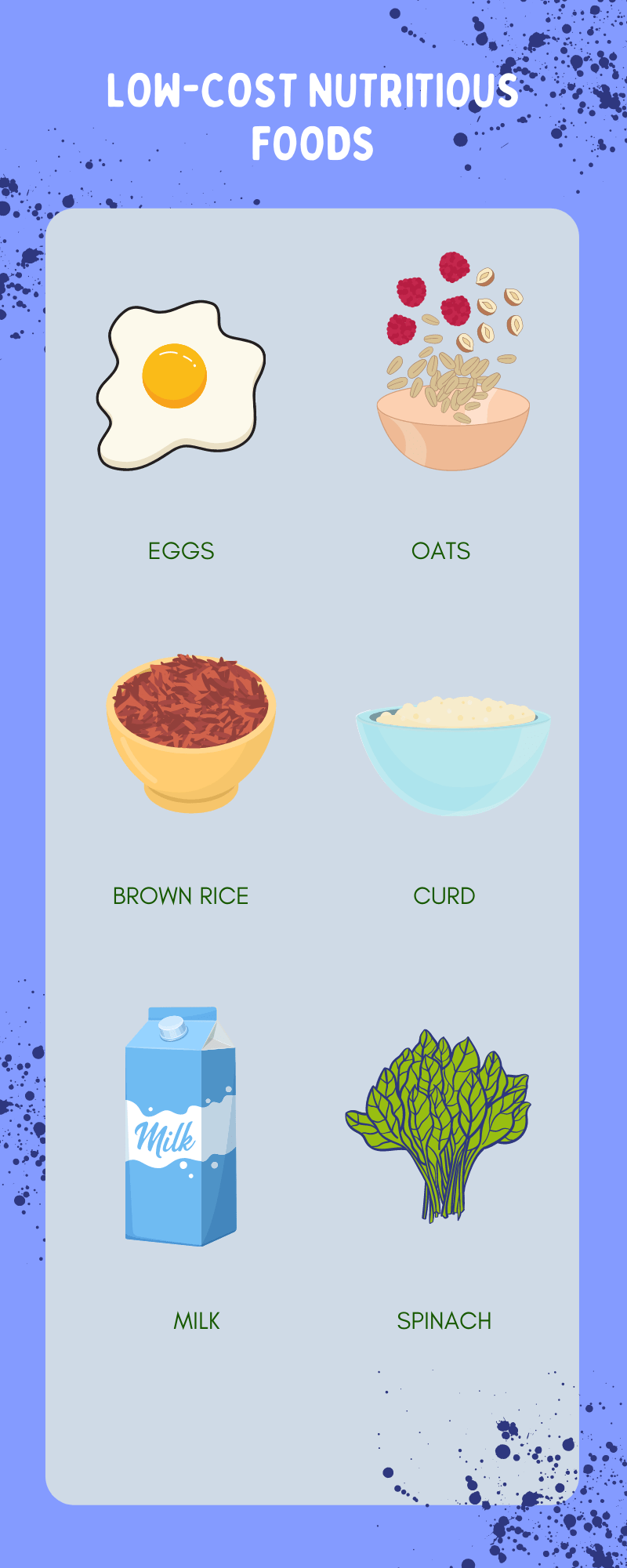
Final words
While the junk food industry appears to dominate the diets of Indians, there are many low-cost nutritious foods available that anyone can incorporate into their diet.
Even if you include some of the above foods in your diet twice a week, it will help you get better health day by day.
Healthy eating doesn’t need to be expensive, which is what people need to understand.
If you found this information useful, share it with the world. Let them know to get healthy; you don’t need to empty your pocket.
Here are a few other posts that may help you get more healthy:

